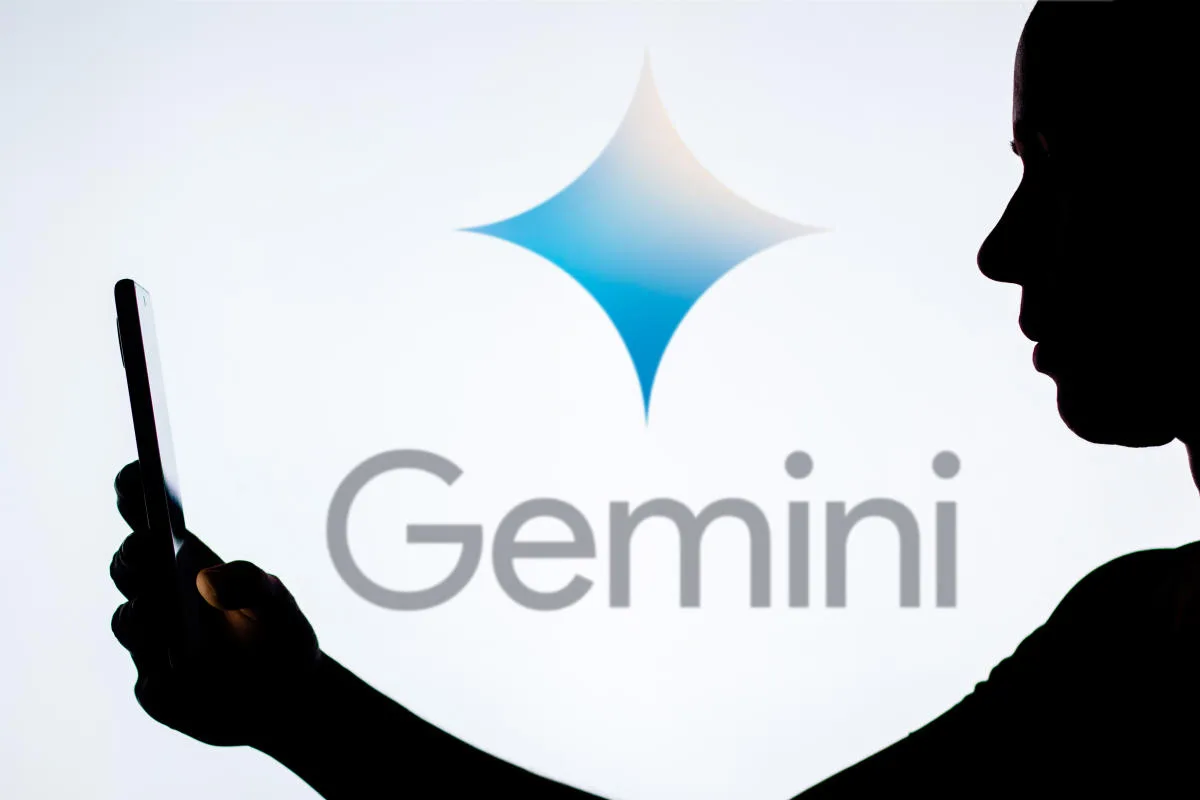After complaints that Google's image generator built into its Gemini AI was (ugh) awake, Google explain why he may have overcorrected for diversity. Prabhakar Raghavan, the company's senior vice president of insights and information, said Google's efforts to ensure a broad range of people are generated in images “did not account for cases which clearly should not show a range.”
Users have criticized Google for portraying specific white figures or historically white groups of people as racially diverse individuals. In Engadget's tests, asking Gemini to create illustrations of the Founding Fathers resulted in images of white men with only one person of color or woman among them. When we asked the chatbot to generate images of popes throughout the ages, we got photos depicting Black women and Native Americans as leaders of the Catholic Church. The edge reported that the chatbot also depicted Nazis as people of color, but we were unable to get Gemini to generate Nazi images. “I am unable to respond to your request due to the harmful symbolism and impact associated with the Nazi Party,” the chatbot responded.
Raghavan said Google did not intend for Gemini to refuse to create images of a particular group or generate historically inaccurate photos. He also reiterated Google's promise to improve Gemini's image generation capabilities.
However, this involves “extensive testing” before the company re-enables the feature.
—Mat Smith
The biggest stories you may have missed
Intuitive Machines' Odysseus lander flipped on landing, but continues to move
Some Apple Vision Pro units have reportedly developed a similar crack on the front glass.
Amazon to pay $1.9 million to settle contract worker human rights claims
You can receive these reports daily straight to your inbox. Subscribe here!
Come on Barbie, let's party.
MWC 2024 kicks off this week, and even though Engadget is covering everything remotely – no tapas for Mathew – we're unlikely to make an appointment for this one. HMD (or Human Mobile Devices) has been making Nokia phones for a few years and announced at MWC the release of an official Barbie Flip Phone this summer, in partnership with Mattel. It will be pink, obviously, with a touch of “glitter”. It will be a feature phone, not a smartphone, with HMD marketing it as an accessory geared toward “style, nostalgia and a much-needed digital detox.” This also means it should be cheap.
It will be on display alongside its Galaxy AI mobile experience.
Samsung presented its Galaxy Ring to the public for the first time at its booth at MWC, which begins today. The health and wellness device, available in platinum silver, gold and black ceramic, will go on sale later this year. The company said little about the Galaxy Ring when it first showed a render of the device at Unpacked last month. We learned that it would be a wellness-focused wearable device capable of rivaling Oura, and featuring a suite of previously unknown sensors.
Journalists were not allowed to photograph it, but some additional images from Samsung show it to be a squat, concave ring about the same size as the Oura. The extra girth isn't surprising, given the electronics hidden inside. The company described the Galaxy Ring as “a new health form factor that simplifies everyday wellness, enabling smarter, healthier living through a more connected digital wellness platform.” So, a smart ring then?
This week's gaming news.
No one is suggesting that Microsoft should stop making video game hardware. But should Microsoft continue to create separate consoles from one generation to the next in the traditional hardware cycle? Does Xbox need a box? The company calls its cloud game streaming service xCloud for a reason, right?

